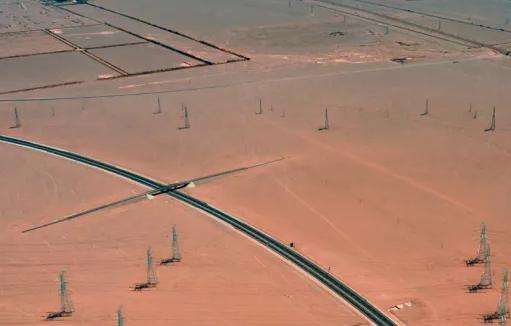1. The principle of tidal power generation is similar to that of ordinary hydropower generation. Seawater is stored in the reservoir at high tide and retained as potential energy; seawater is released at low tide, using the difference between high and low tide levels to drive the turbine's rotation and drive the generator to produce electricity.
2. The difference is that sea water is different from river water. The tidal range required for tidal power generation is much less than the pressure generated by rivers. This means that the energy density of the ocean is. weak. Although the height difference of the accumulated sea water is not large, but the flow rate is large and intermittent, so the structure of the tidal power generation turbine should be adapted to the characteristics of low water height. water and imp flowortant. The flow of tidal water is different from that of river water in that it constantly changes direction. There are several forms of tidal power generation:
(1) Single basin and unidirectional power generation: first build a sluice in the bay, open the sluice to divert the water to the reservoir at high tide, and release the water to drive the turbine unit to generate electricity at low tide. This type of plant can only produce electricity at low tide, twice a day for a maximum of 5 hours each time.
(2) Single-pool two-way power generation: In order to generate electricity when the water comes in at high tide and when the water flows out at low tide, people use ingenious water loop installations or adjustments. turbine unit to improve tidal utilization.
(3) Double po bidirectional power generationol: Configure two different tanks, high and low, for bidirectional power production.














